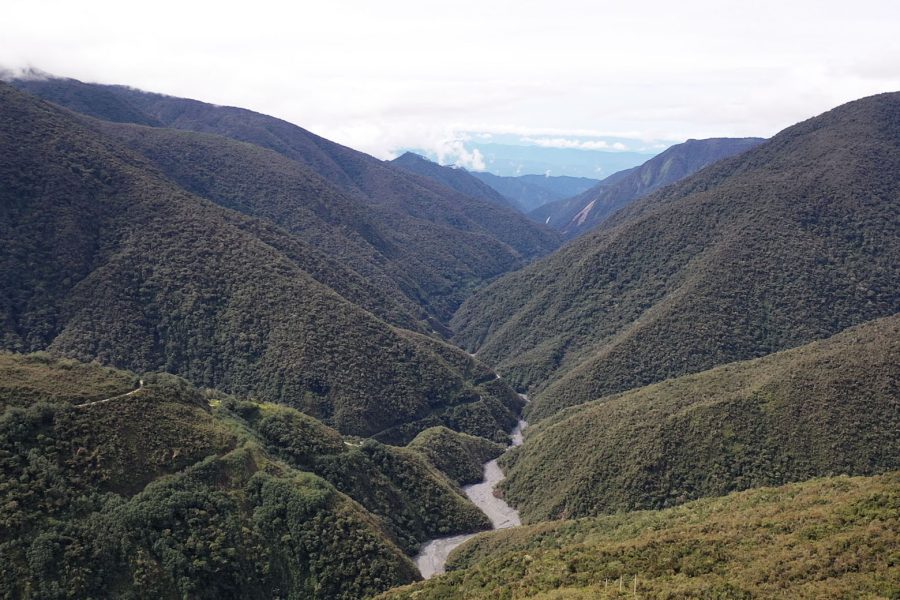Old-time photos
“To do well is to do over.” These words, usually the bane of students trying to churn out midterm research papers, are the unofficial motto of John Pickel’s darkroom photography class.
Deviating from a culture in which virtual immediate gratification is afforded by digital devices and techniques, the students in Pickel’s class have spent the semester exploring the physicality, and often unforgiving nature, of traditional photographic methods.
Pickel, who is an associate professor of art and chair of the art department, developed the darkroom photography course to offer art majors and interested students the opportunity to experiment with traditional black-and-white photography and camera techniques in hopes that such trial and error would increase their understanding of the contemporary photographic image.
“Turning a digital photograph into an inkjet print can be too easy,” says Pickel. Similar to learning long division before being handed a calculator, working with more traditional methods allows students to learn photographic techniques in a way that not only affords a strong foundation for further experimentation, but that also cannot be duplicated in a strictly digital environment.
When she signed up for Pickel’s class, senior Elise Wallace knew that she wanted to hone her understanding of the photographic process. Concepts of shutter speed, aperture and film speed were familiar to Wallace, but she had always relied on the camera to dictate these settings. In an effort to increase Wallace’s understanding, Pickel recommended that she work with the most elementary of devices: a pinhole camera.
Other members of the class similarly explored alternative methods. Junior De’Noia Woods worked with cyanotypes, a printing process usually associated with engineering and architectural blueprints; John Bibb, Lily Proctor and Serena D’Agostino chose to experiment with photograms, a photographic technique that forgoes the use of a camera or film and, instead, involves the placement of objects on light-sensitive paper that is then exposed to light to produce a negative image; sophomore Huxley Rodriguez worked with medium-format film; and senior Henry Van Pala experimented in the darkroom by using high-speed film, which enhances the inherent grain of the negative.
The photographs are currently on display at the START Gallery (Wake Forest University’s student art gallery) as part of a class exhibition that runs through Nov. 23. Entitled “All Wet: Selections from Darkroom Photography,” the exhibition is only part of the continuous learning process for Pickel’s students. The classes’ final project this semester will see each student refining and building on these initial pieces. After all, says Pickel, “Artists are never done.”
Categories: Arts & Culture, Experiential Learning, Happening at Wake, University Announcements
Media Contact
Wake Forest News
media@wfu.edu
336.758.5237




